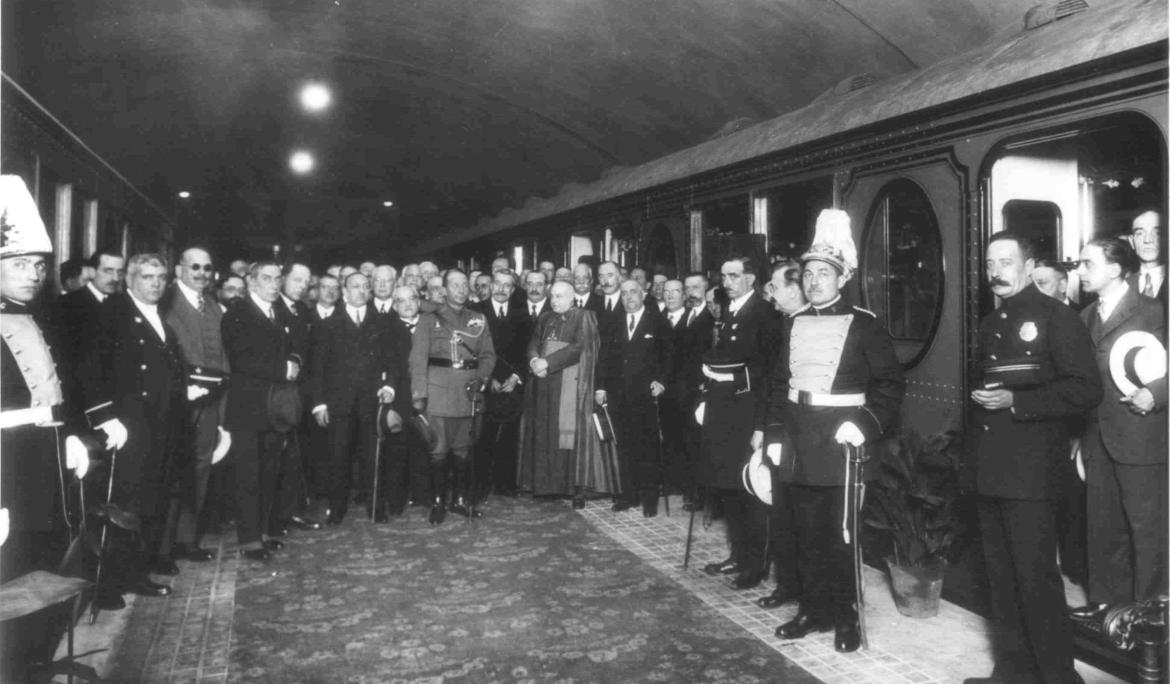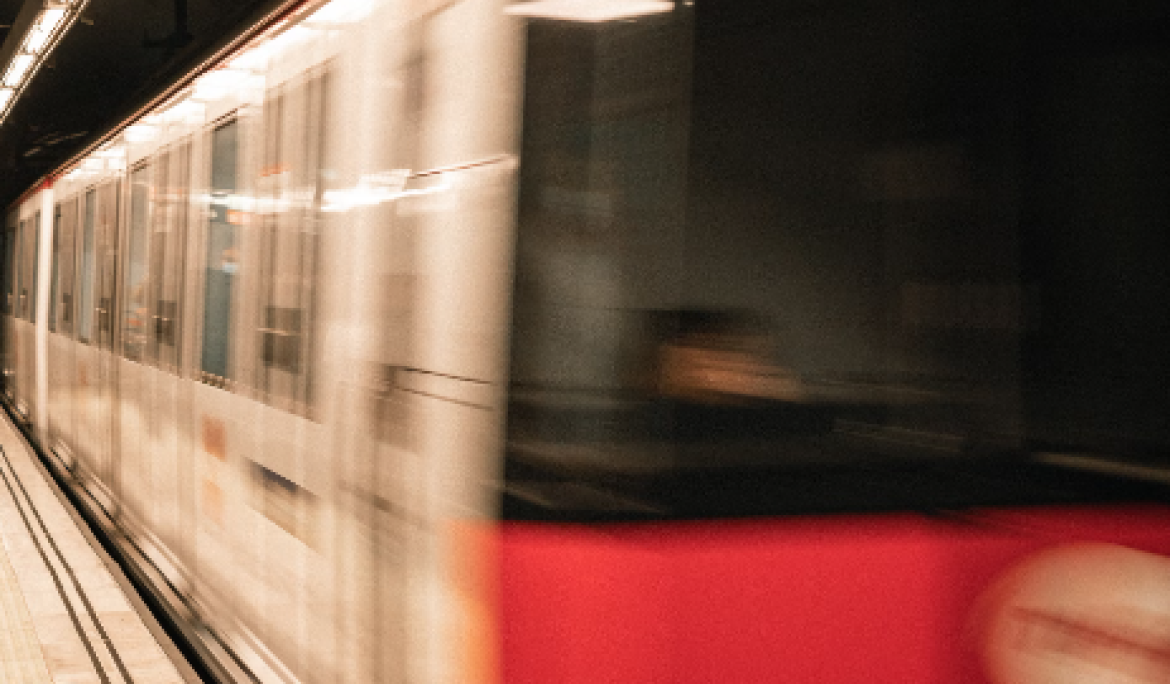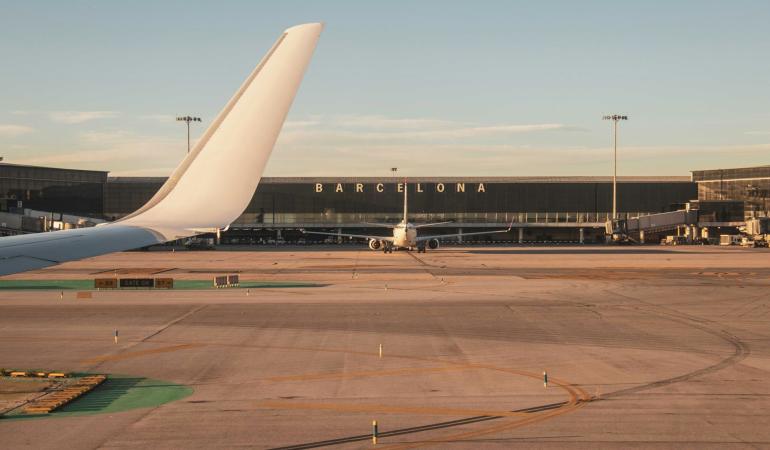The Barcelona Metro is much more than a public transportation system. With over 100 years of history, it is a living reflection of progress, social changes, and the urban transformation of the city. In 2024, we celebrate a century since the inauguration of the first metro line, a journey that has connected people and neighborhoods, shortened distances, and transformed the landscape of Barcelona. Hola Barcelona takes you there!

The beginnings of the underground dream
The first metro line of Barcelona was inaugurated on December 30, 1924. Known as the "Gran Metro," this first route connected the stations of Plaça de Catalunya and Lesseps, offering a modern alternative to surface transportation. The project was driven by the need to facilitate mobility in a city undergoing industrial and demographic expansion.
That first stretch was an example of innovation and urban ambition. Despite the technical and economic challenges of the time, the project laid the foundation for what is now one of the most efficient and extensive metro networks in Europe.
Growth and modernization
After the Civil War, the metro experienced a period of recovery and expansion. The 1950s and 60s saw the inauguration of new lines, such as Line 1, which connects Hospital de Bellvitge with Fondo, and Line 3, known as the "green line." This growth responded to the population increase and the mobility needs of a city in constant change.
The 1992 Olympic Games marked a turning point for the system's modernization. More modern trains were introduced, new stations were added, and connections with other transport services were improved. The goal was to offer an efficient and accessible network for the thousands of visitors arriving in Barcelona.
A metro for the 21st century
Currently, the Barcelona metro network has 12 lines covering more than 160 kilometers and connecting the entire metropolitan area. With modern, accessible stations and sustainable technologies, the metro has become an international reference model.
The entry into service of Line 9/10 South, which connects the airport with the city center, and the development of the Line 4 extension are examples of Barcelona's commitment to continue adapting its transport system to the needs of a sustainable future.
A year of activities to celebrate the Centenary
TMB invites all citizens to enjoy the Centenary of the Metro. The celebration officially begins on December 30, 2024, and ends on December 30, 2025. Throughout the year, activities will take place that will bring us closer to the past, help us analyze the present, and allow us to look toward the future. The doors of various metro spaces that are normally not accessible to the general public will be opened. Exhibitions will be held, and there will be two major races open to all citizens. The program can be consulted on the TMB website.
Barcelona continues to be a driving force for change and social cohesion. The future lies in continued investment in sustainability, technology, and connectivity to remain a key element in the daily lives of Barcelonians and the city’s tourist appeal.
This anniversary is an opportunity to look back and celebrate a century of connections, but also to look ahead and imagine how the metro will continue moving Barcelona in the next 100 years. Hola Barcelona takes you there!





